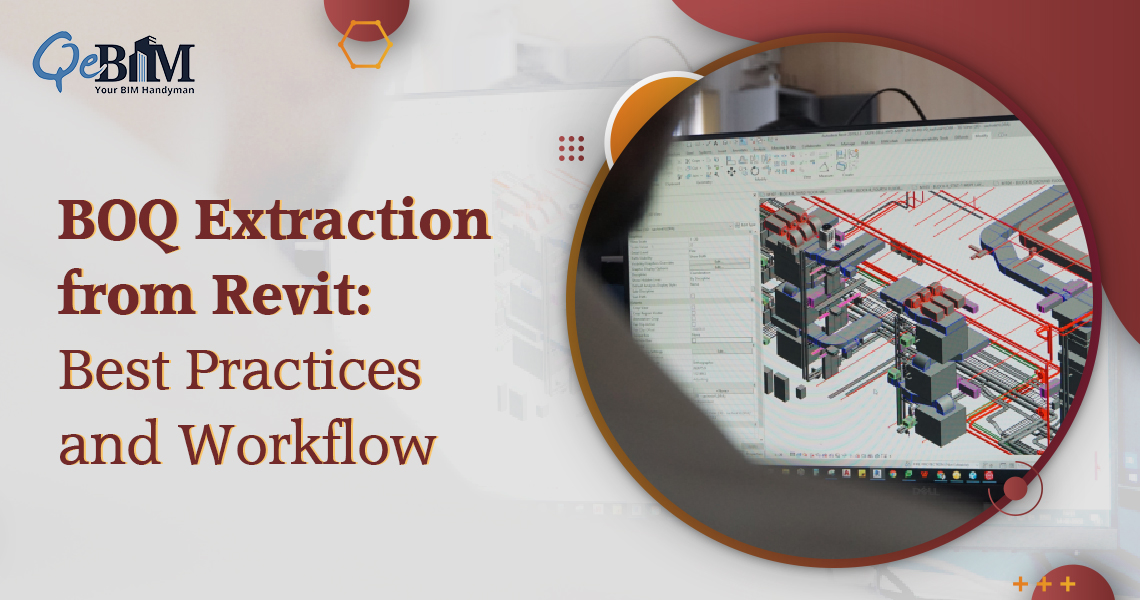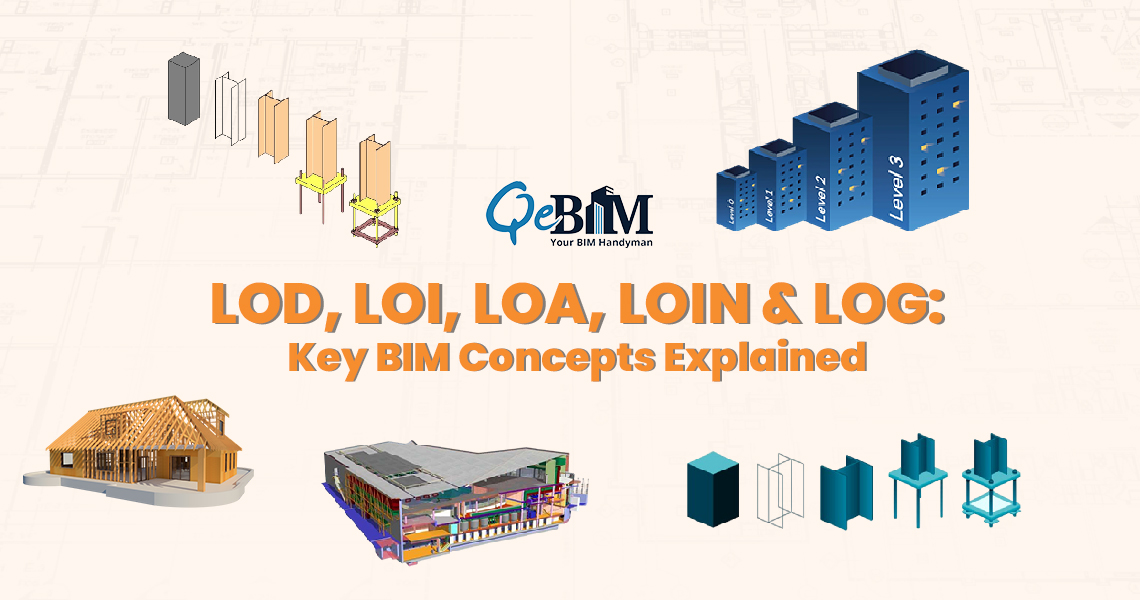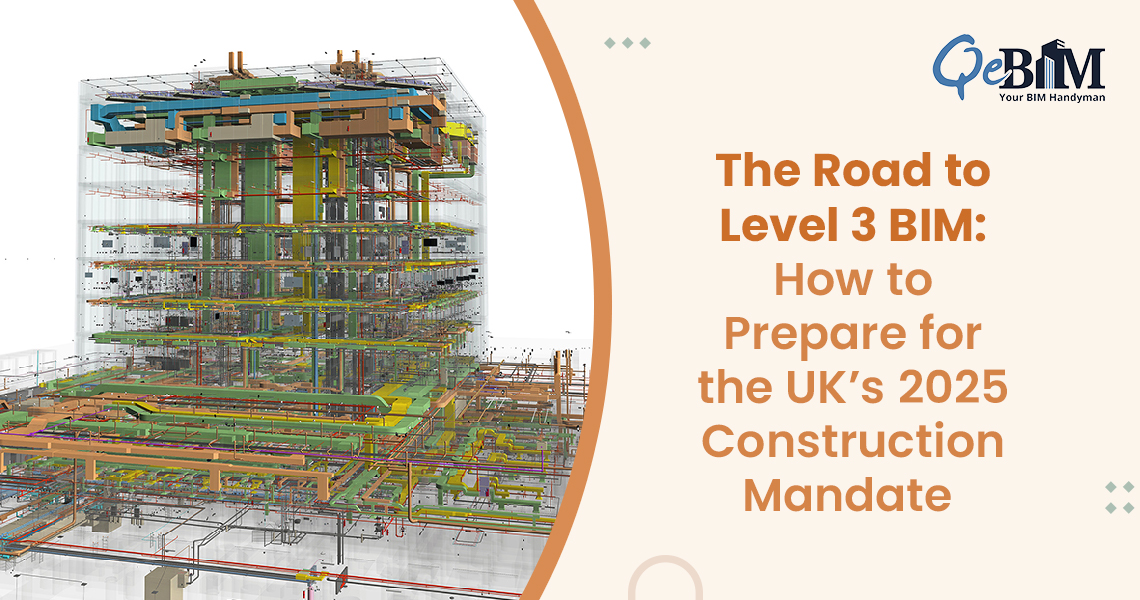Introduction
Building Information Modelling (BIM) is growing to act as a transformational tool in the realms of construction and design, revolutionizing managing projects, coordination, as well as collaboration. BIM has grown into an obligatory requirement in building high-rise structures in the United Kingdom due to its capacity to offer a digital representation of a structure’s physical as well as functional qualities. This blog is going to discuss the relevance of BIM, the benefits it provides, the role of BIM Company, as well as the relevance of BIM modelling services.
Understanding BIM: A game- changer in Construction
BIM (Building Information Modelling) is the procedure of creating and managing digital representations that encompass a building’s physical and functional features. BIM allows stakeholders to visualize, evaluate, as well as analyze diverse project features prior to construction starts by integrating every necessary information into a unified digital model. BIM gives a full perspective of the whole building lifespan, including architectural designs as well as structural components through mechanical, electrical, and plumbing systems.
The Role of BIM Companies
BIM firms play an important role in assisting with the deployment of BIM in condominium construction projects. These specialized businesses have the knowledge, tools, as well as resources to create and handle BIM models during the project’s lifetime. BIM firms work with architects, engineers, contractors, as well as other stakeholders to make certain that BIM is successfully integrated into project processes.
BIM Modelling Services: The Backbone of BIM Implementation
BIM modeling services are the foundation of BIM deployment in high-rise construction projects. These services include BIM model creation, administration, and synchronization. BIM modeling services providers use modern software tools to create precise and detailed digital models of buildings that include architectural, structural, mechanical, electrical, and plumbing data. These organizations assist stakeholders by helping them make well-informed choices, expedite procedures, and maximize the effectiveness of projects by offering full BIM modeling services.
The mandatory nature of BIM in UK High Rise Building Projects
Recognizing the numerous advantages of BIM, the UK government has enforced its usage in condominium construction projects. The government’s objective is to improve construction sector collaboration, productivity, and effectiveness. BIM deployment guarantees to ensure everyone involved in the project, such as architects, engineers, contractors, and facility managers, is granted access to correct and up-to-date information, eliminating mistakes and reworking. The ensuing obligation encouraged BIM adoption while rendering it an essential element of the construction process.
Advantages of BIM in High-rise Building Projects
- Enhanced Collaboration and Communication: By offering a centralized platform enabling information sharing, BIM fosters smooth cooperation amongst project stakeholders. Modifications in design, identification of clashes, and updates regarding the project might be conveyed effectively, eliminating miscommunications and disputes.
- Improved Visualization and Simulation: BIM enables architects and engineers to construct realistic three-dimensional visualizations and simulators of prospective buildings. This allows stakeholders to investigate several design possibilities, assess the effect of decisions, and optimize building performance prior to construction, reducing money and time.
- Clash Detection and Risk Mitigation: BIM allows for the prompt identification and settlement of disputes amongst building systems. Potential on-site disputes and costly postponements might be avoided by discovering and correcting incompatibilities in the digital model, resulting in a more seamless building process.
- Cost and Time Savings: BIM facilitates precise quantity take-offs, material estimates, and construction schedules. This results in better cost management, more effective utilization of resources, and less waste. Furthermore, project timeframes may be improved upon, along with unexpected delays might be predicted and avoided.
- Sustainability and Energy Efficiency: Building information modeling (BIM) is being utilized to improve energy efficiency and sustainability throughout construction design and operation. BIM assists with rendering educated decisions for environmentally friendly construction by modeling energy performance and analyzing environmental implications.
- Cloud-Based BIM Collaboration: Cloud technology enables contemporaneous fashion interaction as well as sharing of data amongst project stakeholders, regardless of their geographical location. Cloud-based BIM platforms have become more prevalent in popularity, helping to improve collaboration and communication. According to a 2019 analysis produced by the Centre for Economics and Business Research (CEBR), BIM may generate an additional £15.8 billion for the UK economy by 2025.
Conclusion
The inclusion of BIM as an obligatory standard in UK high-rise building projects demonstrates the industry’s acknowledgment of its enormous benefits. BIM’s potential to increase cooperation, improve visualization, reduce risks, as well as reduce money and time renders it a significant tool in the construction industry. BIM company and associated specialized BIM Modeling Services are critical to BIM deployment success. As high-rise building projects advance, BIM is going to become progressively more important, pushing innovations and reshaping the construction scene for the better in the coming years.





